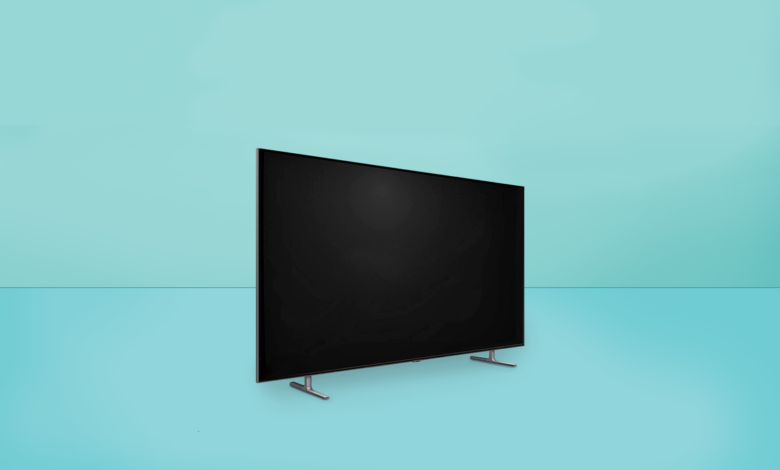

TVs today are beyond impressive: they offer exquisite clarity, smart design and incredible sound quality. That being said, there are a few differentiating features that take a TV from being great to next-level, but those features aren't always easy to understand. That's where the Good Housekeeping Institute's roundup of best television brands comes in. When deciding on our list, they looked at a variety of criteria to assess the brand's overall picture and audio quality, viewing angle, ease of interface and more. They also factored in feedback from their test panel to evaluate what's most important to consumers.
Before you dive into their picks, remember these tips below when picking out your television.
How to buy the best TV for you:
- Resolution: This is the number of pixels on the screen. More pixels mean more details. Anything above 4K is aptly referred to as Ultra HD. With Ultra HD sets, you also get High Dynamic Range (HDR), which allows for better contrast with a wider array of colors. That's why you shouldn't buy a TV with less than 4K resolution.
- Screen size: There used to be more concerned about size as it related to viewing distance, but you can sit twice as close to a 4K UHD TV thanks to better resolution, so pick the largest size that will fit in your space (and budget).
- Smart TVs: Today, most TVs are smart, meaning they are Wi-Fi connected and have built-in apps like Netflix and YouTube. Many TV brands offer their own unique platform, while some work with third parties like Roku to develop the interface. When shopping, if you like the TV but not the smart interface, you can always augment it with a relatively inexpensive media box.
- OLED vs. LED vs. LCD: TVs typically come in three varieties: OLED, LED or LCD. OLED allows for smooth and colorful images with great contrast. In an OLED, each individual pixel self-illuminates, so you can control images at a pixel level. LED and backlit LCDs on the other hand can be cheaper, but require an external source of light which increases the components (meaning there's a higher chance of the TV breaking down or needing repair). There's also something called a QLED, which is just an LED with a brighter screen. OLED TVs are the top choice, but they don't come cheap. If you cannot get an OLED, your next best bet would be an LED TV, followed by an LCD.
- General buying tips: Avoid buying a TV with less than a 120 HZ refresh rate to make sure your image stays sharp. Also, check that the TV has enough HDMI ports for your needs – likely four! And plan to buy a good quality sound bar up front as TV sound quality hasn't kept up with picture.
And now, based upon the last 10 years of testing in this category and researching the current assortment of TVs available by varied manufacturers, here are the best television brands:
Reading this on our app? Tap here for the best viewing experience.
Source link







